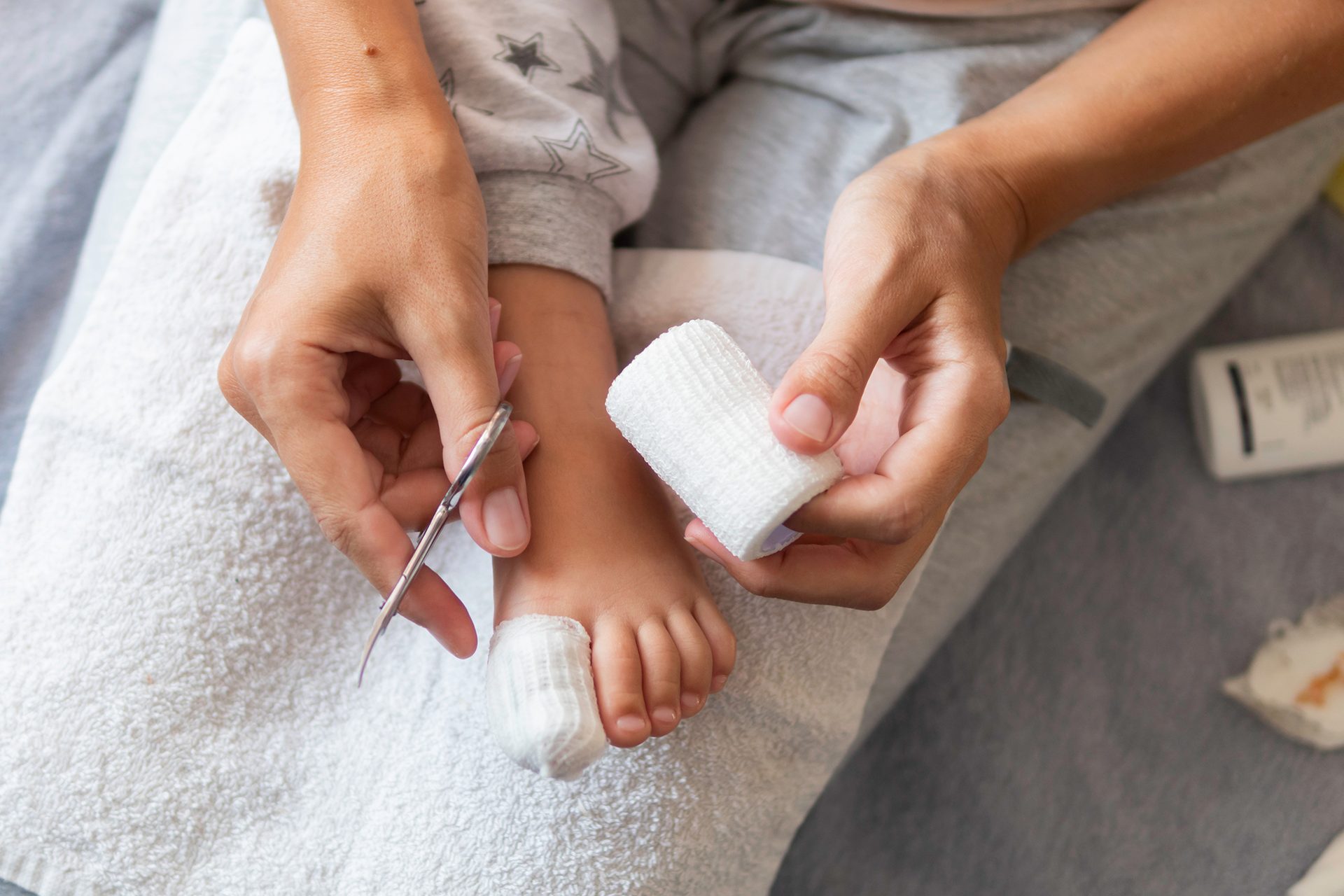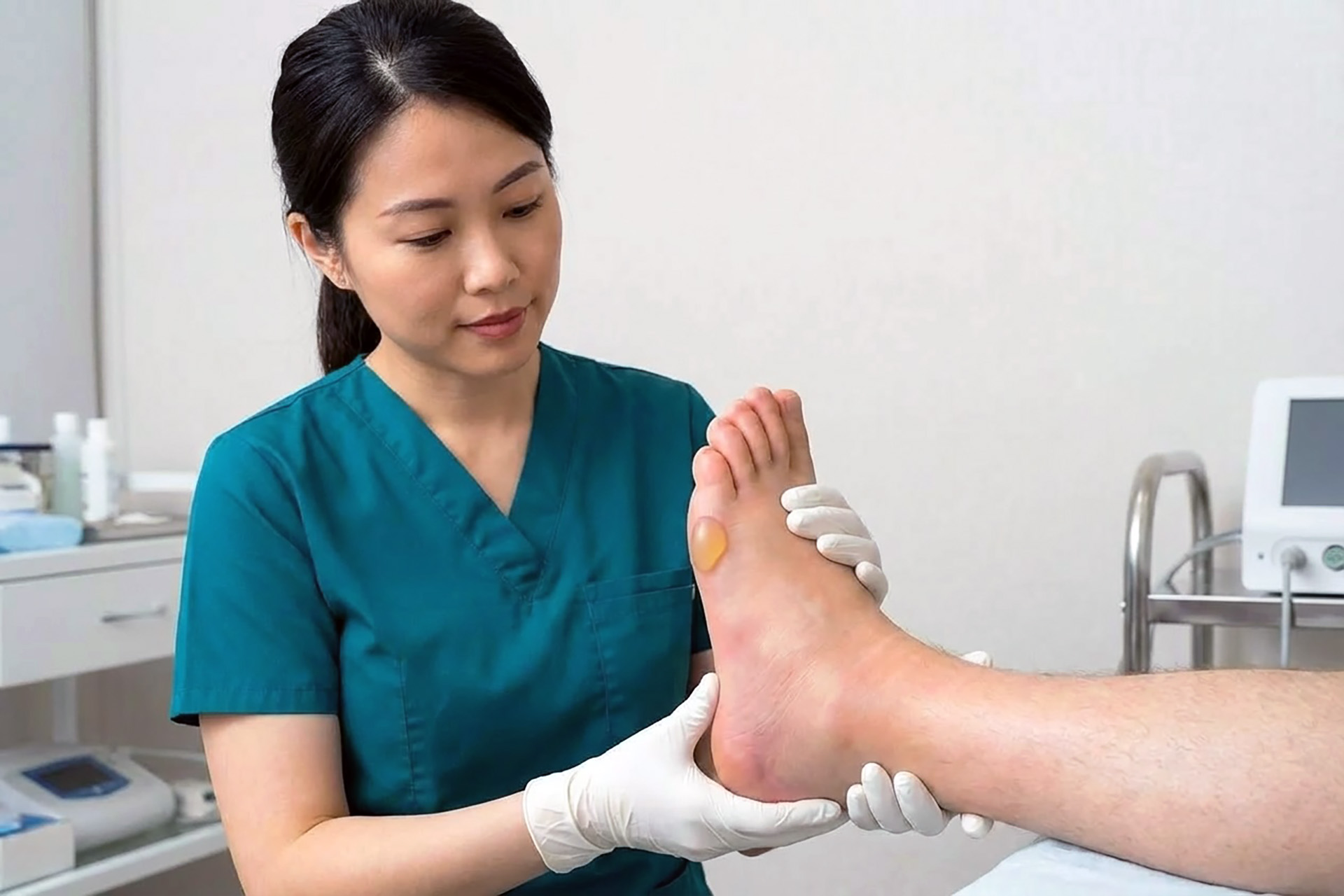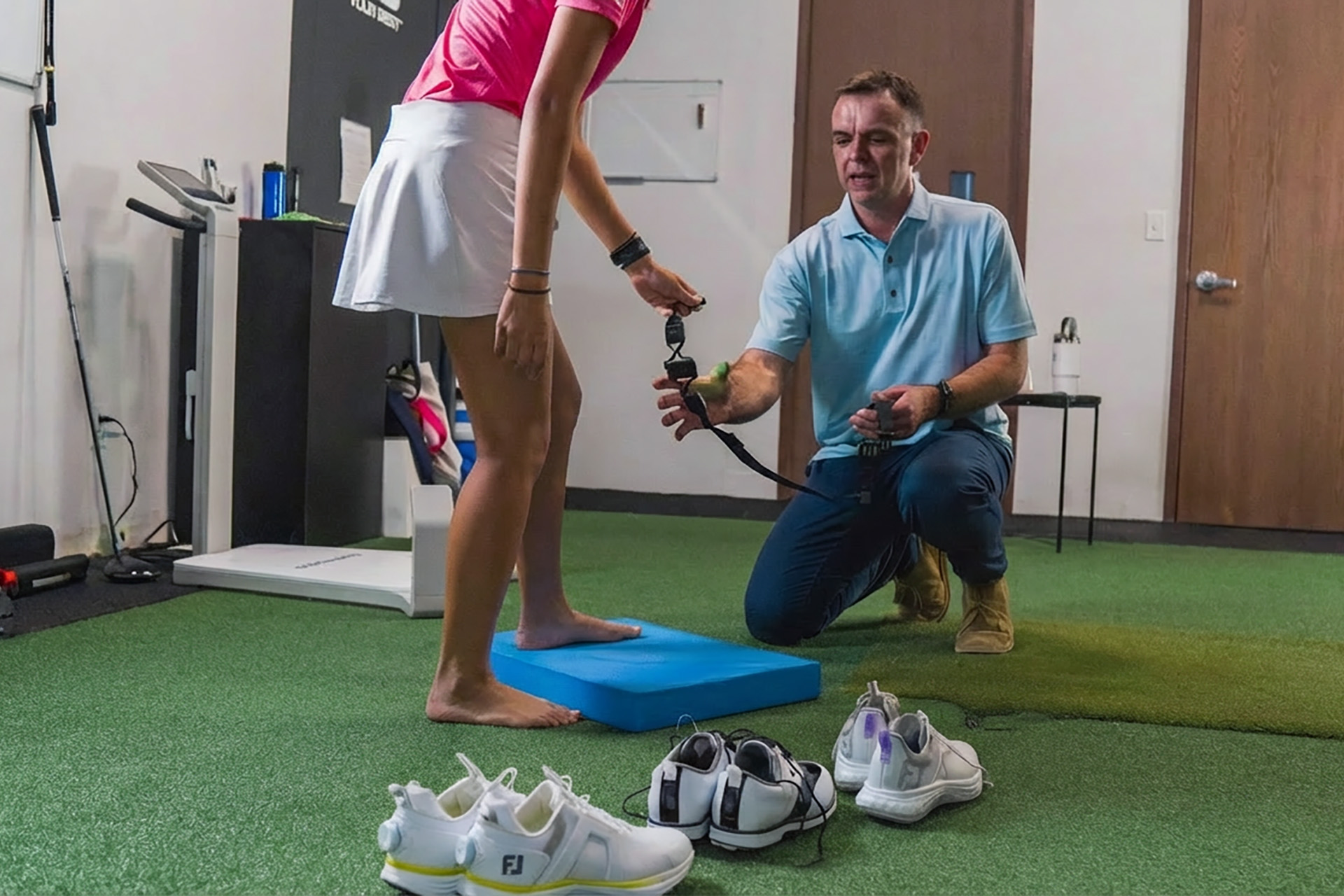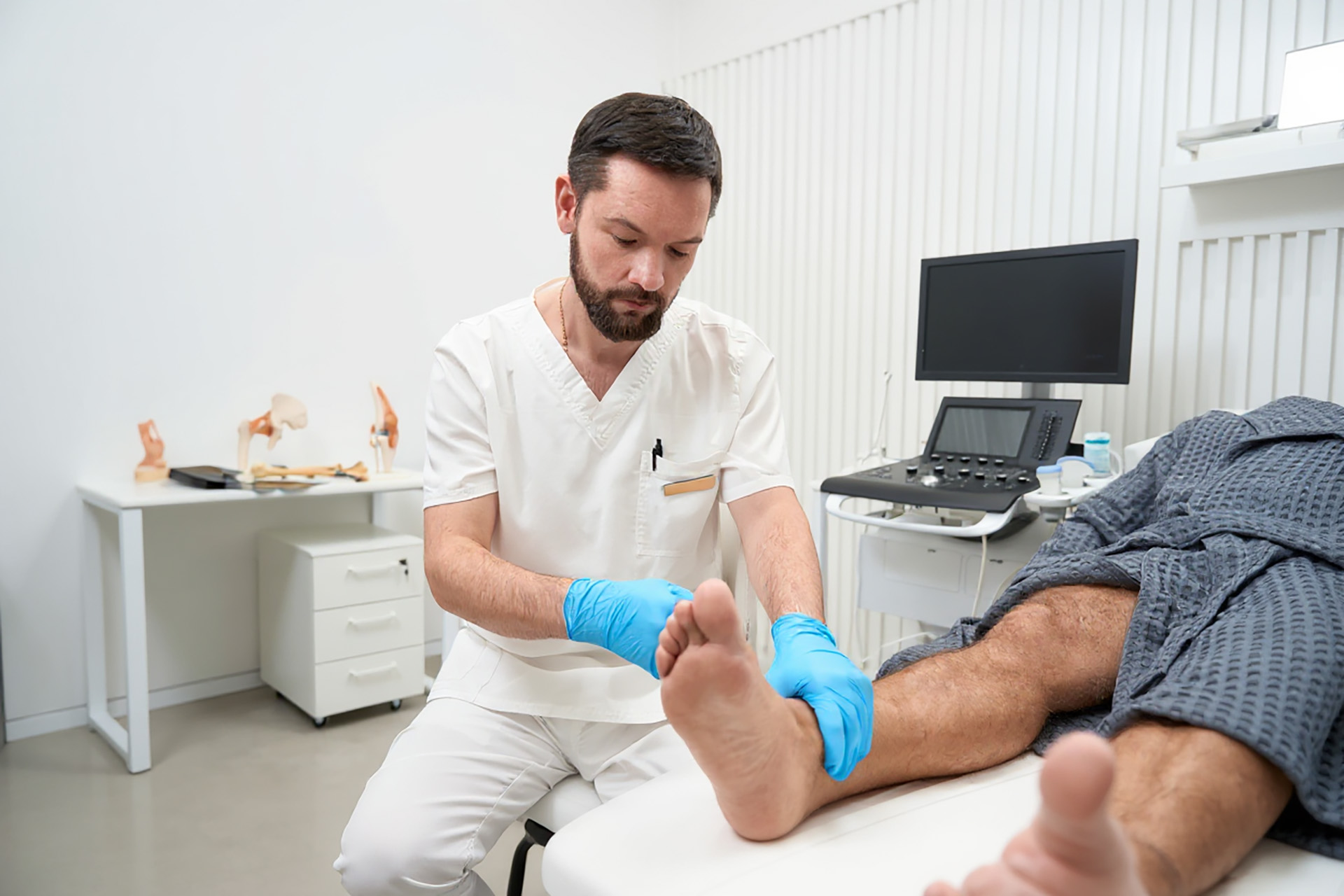There are so many aspects of health to be worried about with children, from their developing immune systems and growing bodies to their frequent tumbles. What that means is that it’s possible for some issues to fall to the wayside, One of these is ingrown toenails. In this article, we go through what causes ingrown toenails, some remedies for ingrown toenails in children, and how you can prevent them for your child.
What Causes Ingrown Toenails in Children?
One common cause is improper trimming of the toenails. Cutting them too short or rounding the edges can lead to the nail growing into the surrounding skin. Tight or ill-fitting footwear can also contribute, as it puts pressure on the toes, forcing the nails to grow abnormally. Additionally, trauma or injury to the toe can result in the nail becoming ingrown as it heals.
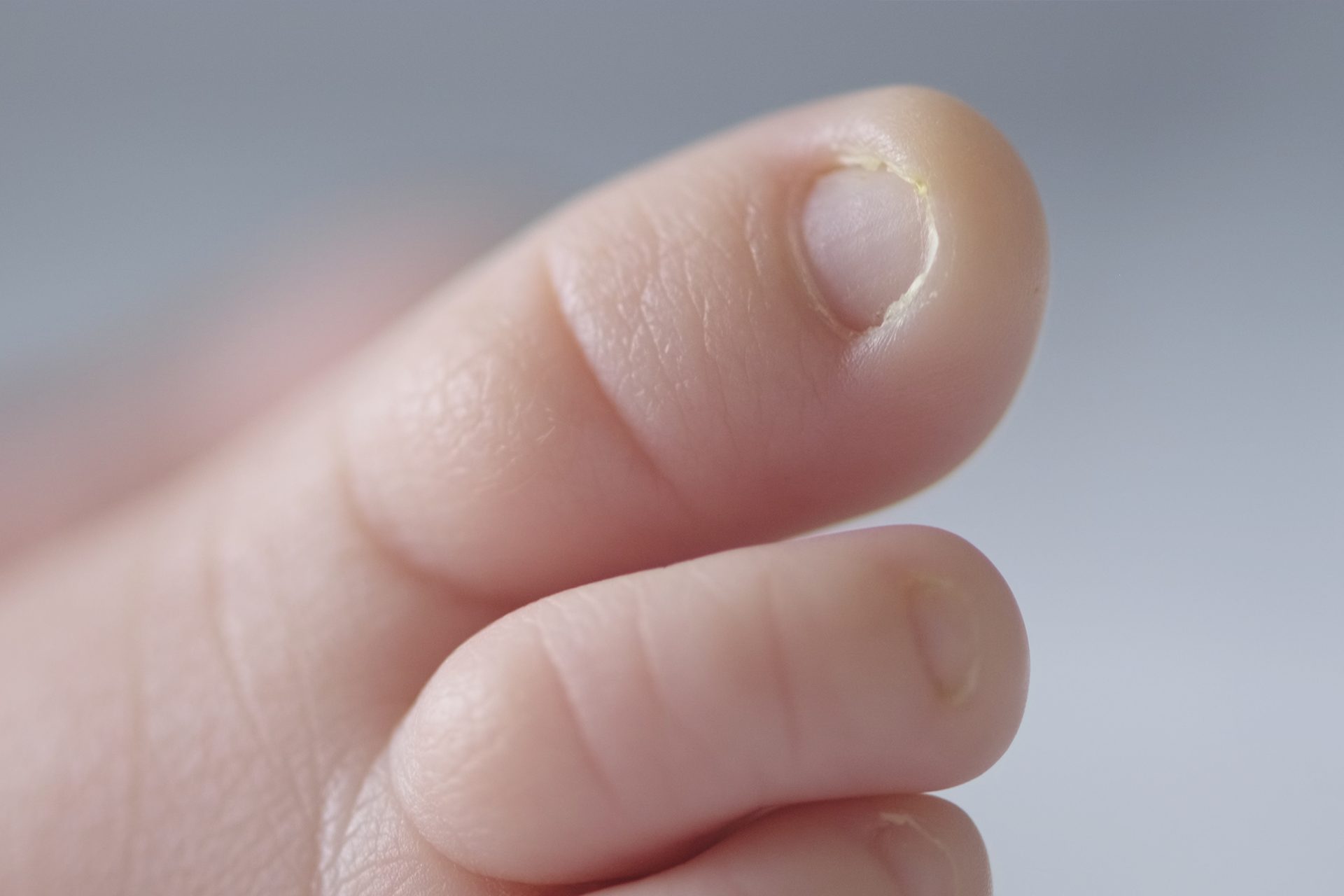
In some cases, genetic factors may predispose children to baby ingrown toenails. These include inheriting a naturally curved nail shape or having a family history of ingrown nails. Certain medical conditions like fungal infections or structural abnormalities of the toes can also increase the risk.
The first stage of an ingrown toenail in a child is a reddened, swollen area in the nail fold of the great toe. For babies, ingrown toenails may develop due to improper nail trimming or accidental trauma during diaper changes or while kicking. However, they are less common in infants compared to older children.
What Are The Treatment Options for Ingrown Toenails?
For children and babies with ingrown toenails, remedies focus on relieving discomfort and preventing infection. Soaking the affected foot in warm, soapy water several times a day can help soften the skin and reduce swelling, making it easier to gently lift the edge of the ingrown nail away from the skin. This can also help with ingrown toenail blister treatment.
Applying antibiotic ointment and covering the area with a sterile bandage can help prevent your child’s ingrown toenail from becoming infected and promote healing. Encouraging the child to wear loose-fitting footwear to alleviate pressure on the toe can also aid in recovery.
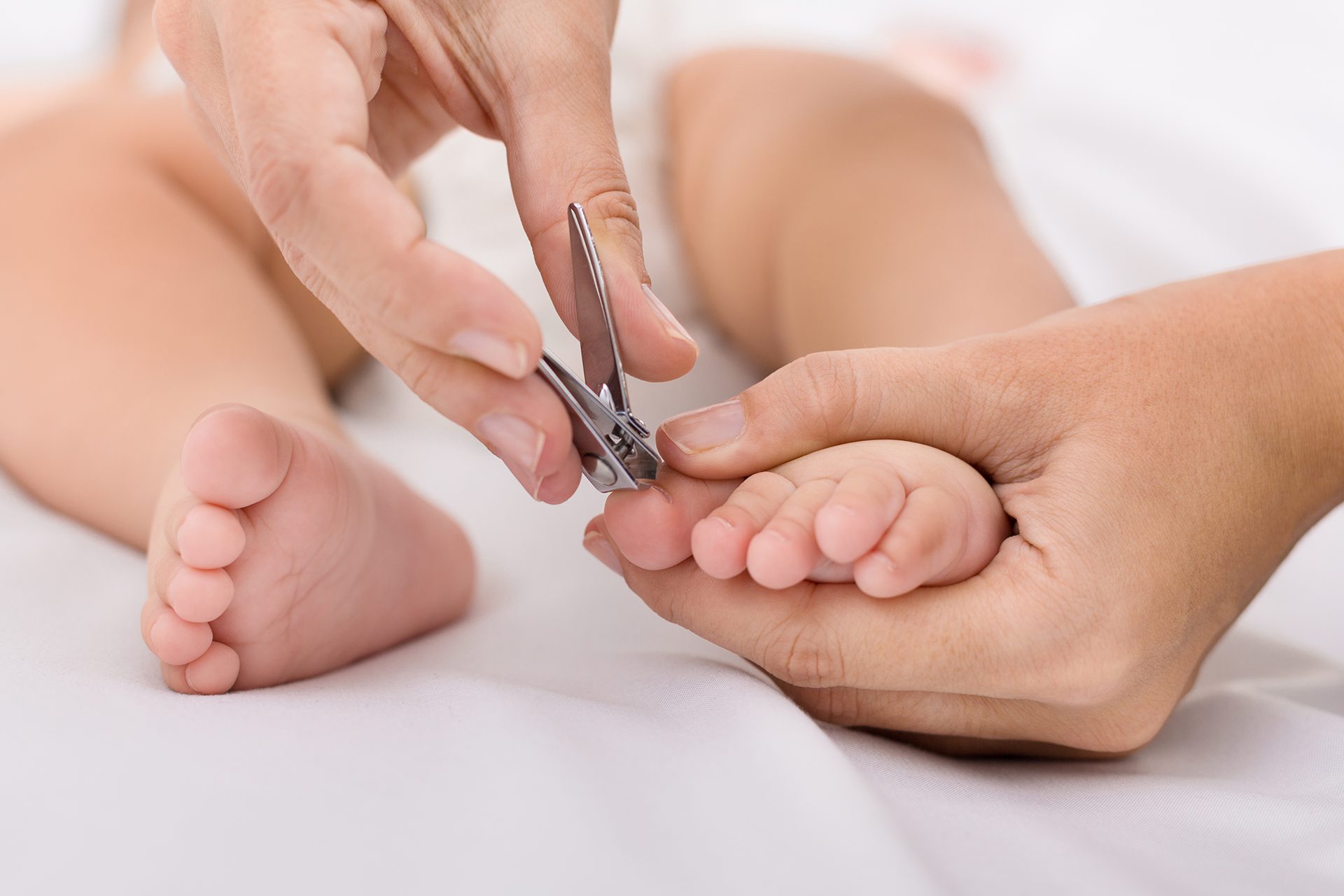
Trimming the nail straight across, rather than rounding the edges, can also prevent further ingrowth. However, caution must be exercised to avoid cutting the nail too short. If trimming is too challenging or if the ingrown toenail is severe, seeking professional medical assistance from a paediatric podiatrist is recommended.
Regular monitoring of the toe for signs of infection, such as redness, swelling, or pus, is essential. If infection occurs or if the ingrown toenail does not improve with home care, prompt medical attention should be sought to prevent complications.
How Podiatrists Manage the Paediatric Foot Condition
A paediatric podiatrist can provide comprehensive care tailored to the child’s specific needs when it comes to painful ingrown toenails.
Firstly, they conduct a thorough examination to assess the severity of the ingrown toenail and identify any underlying factors contributing to the condition. This may involve examining the nail and the surrounding skin and evaluating the child’s footwear and nail care practices. They may demonstrate proper nail-trimming techniques for mild cases and guide preventive measures. They can also offer advice on suitable footwear to alleviate toe pressure.
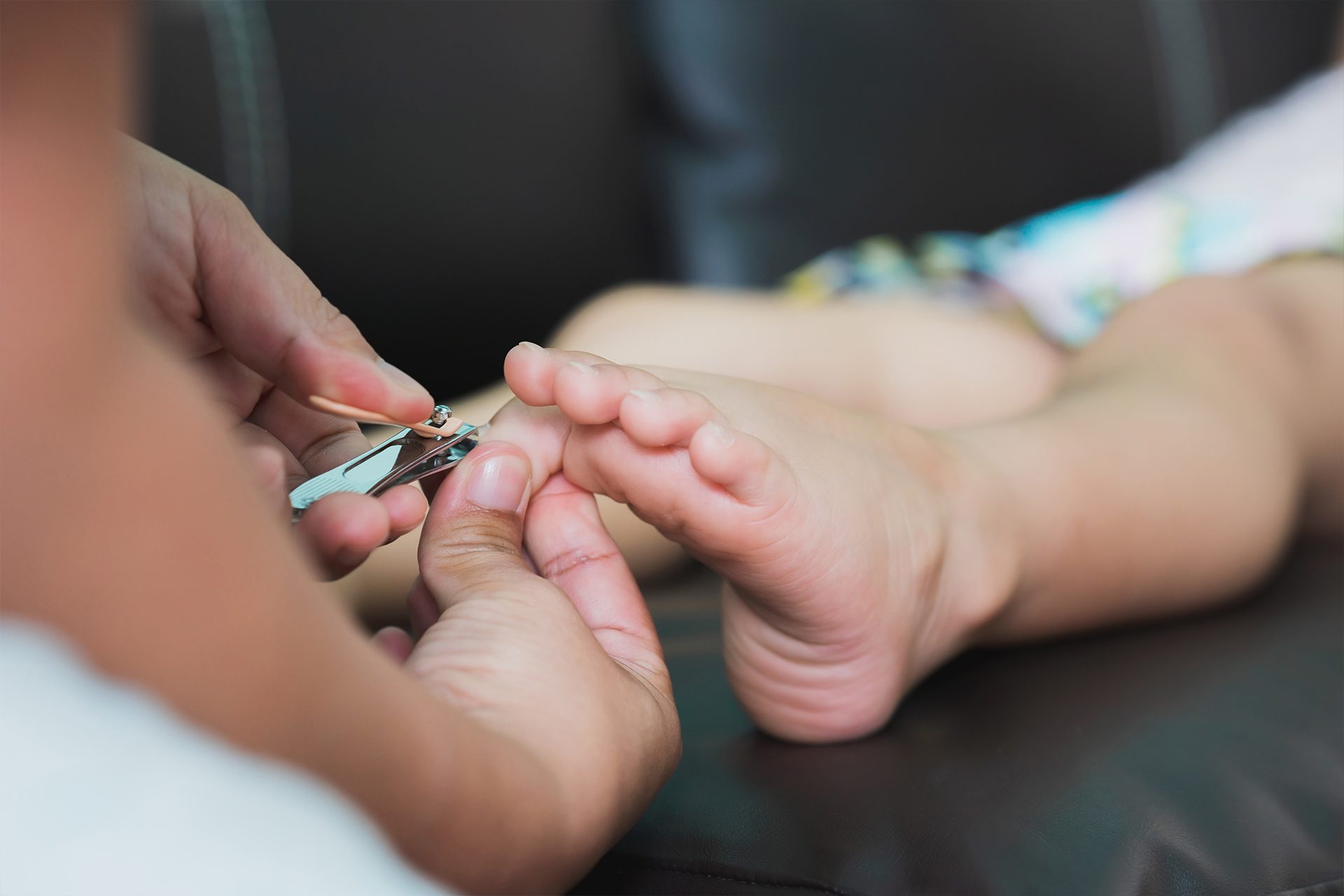
In more severe cases, or if conservative measures are ineffective, the paediatric podiatrist may perform a minor in-office procedure to remove the ingrown portion of the nail. This can involve lifting the nail edge, trimming the ingrown nail, or, in rare cases, partial or complete nail removal under local anaesthesia.
The paediatric podiatrist ensures the child’s comfort and safety, addressing any concerns or questions the child or their parents may have. They also provide follow-up care to monitor healing and prevent recurrence, promoting optimal foot health and well-being in children. If your child has an ingrown toenail, make an appointment with one of our paediatric podiatrists at The Foot Practice today.

